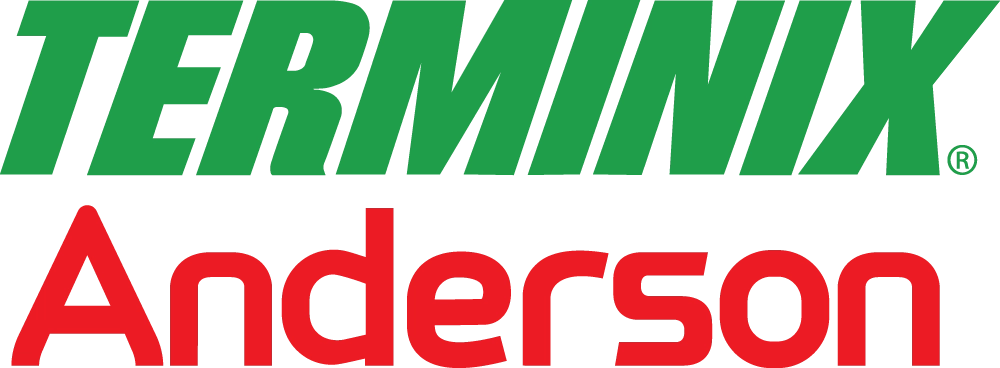Lumnia LED Fly Trap for Commercial Fly Control
Serving Illinois and Indiana
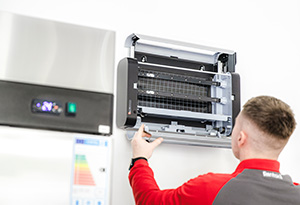
Dealing with flies is hardly anyone’s idea of time well spent, particularly in a business setting where they are much more than a mere annoyance. These pests are a health hazard, and a minor fly problem can escalate into a major infestation in just a few weeks. In response, numerous businesses are now opting for the Lumnia LED Light Fly Trap as a preventive measure.
The Lumnia device represents the next generation in UV fly management, providing an efficient way to track and eradicate flying pests. Discover more about how Lumnia Fly Lights can benefit your business by contacting commercial pest control experts.
Features & Benefits
- Effective solution at a lower cost – These high-attraction LED lamps are optimized to catch more flies while also using less energy than before. Compared to our competitors, the Lumnia insect light trap can save you up to 79% of energy usage.¹
- Unbeatable attraction and capture rate – Lumnia is proven best in class, with up to 46% faster catch rate than equivalent LED insect light traps on the market.²
- Environmentally friendly – Energy-saving modes adapt to the day-night cycle, reducing consumption and contributing to a lower environmental footprint. The low-energy LED lamps have a four-year life span and last 33% longer than competing LED traps on the market.³
- Encapsulation module – Better hygiene control by using an adhesive film inside an encapsulation cassette to trap, collect, and contain insects, eliminating the risk of secondary infestations from debris.
- No toxic chemicals – Lumnia does not use any mercury or any other chemical, creating a safer environment for everyone.
- Discreet design – With its seamless design, customers won’t even know the Lumnia system is there. There’s minimal glare from LEDs and reduced visibility of caught flies. Units also switch between Monitor and Control modes to suit customer and location requirements.
- Expansive coverage – With a greater coverage area than any competitor fluorescent insect light trap on the market, up to 2,690 sqft, you and your customers will have nothing to worry about.⁴
- Reduced carbon footprint – Fewer carbon emissions equivalent to 73 years of daily cell phone charging.⁵
Ready for a Lumnia LED Fly Trap for Commercial Fly Control Quote?
Click the button below to leave your information and we'll be in touch with a free quote!
How the Lumnia LED Fly Trap Works
Lumnia’s LEDs emit a light wavelength 40% greater than traditional fluorescent tubes. This makes Lumnia attractive to flies over a greater range than other electronic fly traps. Lumnia has three power levels – low, medium, and high – which allows for energy conservation when full power isn’t necessary.
Each power level also has an adaptive mode that senses ambient light and reduces power automatically if the light level falls, for example, at night. Glue boards capture and kill flying insects quickly and efficiently, and reduce the fragmentation or blowout of dead pests, without the need for a catch tray and unpleasant clean-up.
Meet the Lumnia Product Line
The Lumnia product suite includes four distinct models, each designed to cater to various settings, from the front to the back-of-house:
- The Lumnia Slim has one LED bulb and is optimal for front-of-house areas.
- The Lumnia Compact, with its single LED bulb, is perfectly suited for front-of-house areas.
- The Lumnia Standard, equipped with two LED bulbs, is versatile enough to fit into businesses of any size.
- The Lumnia Ultimate, featuring three LED bulbs, is tailored for high-demand environments and locations requiring adherence to stringent food safety and regulatory standards, as well as third-party audits.
Meet the Lumnia range
Whether you have a high-traffic area or a sensitive environment that calls for round-the-clock vigilance against flies, there’s a Lumnia that’s right for your business.
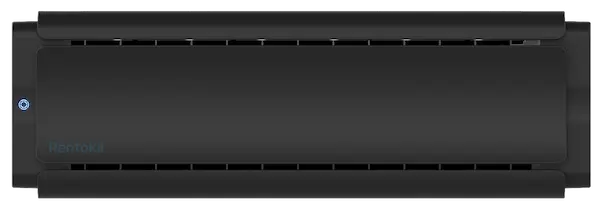
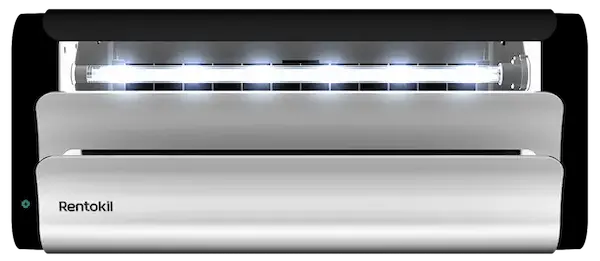
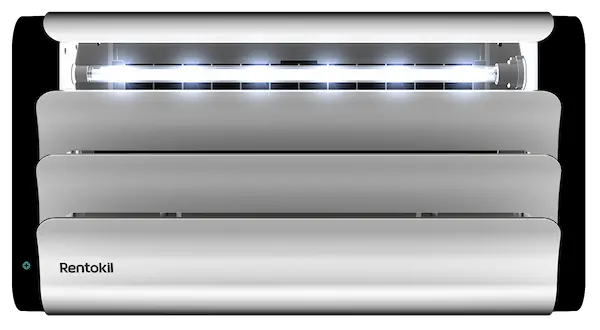
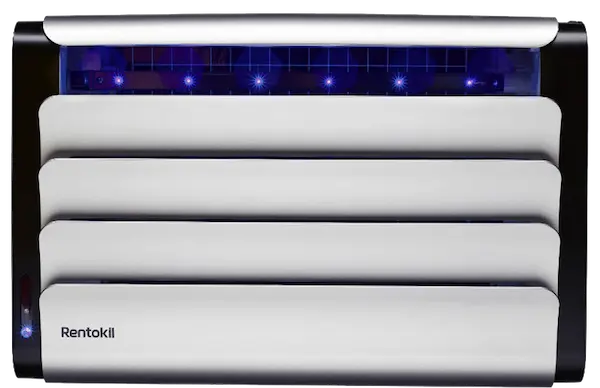
Description |
Lumnia Slim |
Lumnia Compact |
Lumnia Standard |
Lumnia Ultimate |
| Model Number | 305027 | 300605 | 304807 | 300602 |
| # of Lamps | 1 | 1 | 2 | 3 |
| Total Watts | 10 | 11 | 22 | 33 |
| Max Power Consumption | 12W | 12W | 27W | 30W |
| Voltage Range | 100-240 Volt | 100-240 Volt | 100-240 Volt | 100-240 Volt |
| Approval | UL Approved | UL Approved | UL Approved | UL Approved |
| Lamp Life | 3 Years | 3 Years | 3 Years | 3 Years |
| Energy Savings | Up to 67% | Up to 78% | Up to 77% | Up to 79% |
| Color Options | Black and White | Standard Silver, Champagne, Black, Blue, and Red |
Silver | Silver |
| Glueboard or Encapsulated | Glueboard unit | Glueboard unit | Both | Both |
Lumnia Targets These Pests and MORE
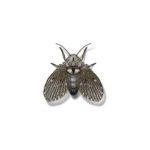
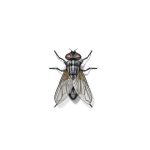
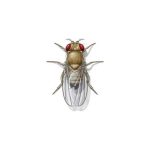
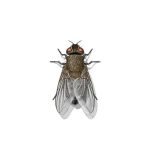
Effective Fly Control with Lumnia and Terminix Anderson
The Lumnia electronic fly management system offers versatile solutions tailored to meet a wide range of commercial pest control requirements, from public spaces such as waiting areas and hotel lobbies to critical environments like food processing facilities, commercial real estate management, or healthcare settings.
Lumnia ensures tranquility by minimizing the threat of contamination caused by flying insects, delivering reliable, extended protection for your enterprise. Contact Terminix Anderson to schedule your complimentary inspection today.
¹Findings based on comparison study conducted by Rentokil Initial in 2019 between Lumnia models (on Low Power Mode setting) and various fluorescent bulb insect light traps.
²Findings based on a controlled laboratory catch rate study conducted by Rentokil Initial in 2023 using the Lumnia Standard versus five competitor models.
³Four-year lamp life based on manufacturer testing of Lumnia LED lamps; lifespan percentage based on available competitor claims as of October 2023.
⁴Findings based on study conducted by Rentokil Initial in 2023 comparing max coverage area using Lumnia Standard model in a dark room versus the claimed max coverage area of competitor fluorescent bulb insect light trap units.
⁵Findings based on calculations of Lumnia Compact vs average competitor units using traditional fluorescent tubes over a 5-year period based on product life cycle using the U.S. Environmental Protection Agency’s Greenhouse Gas Equivalencies Calculator.
